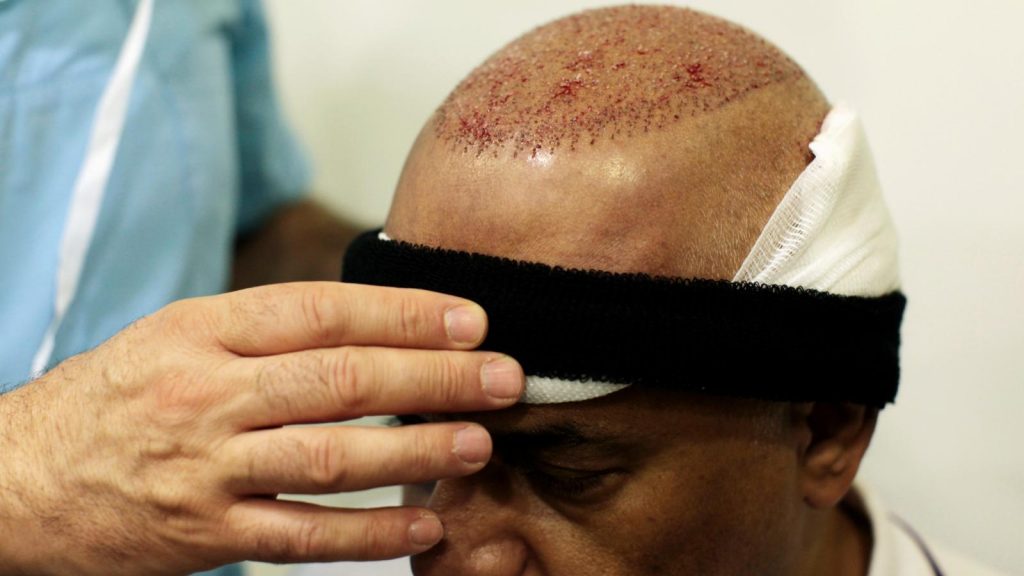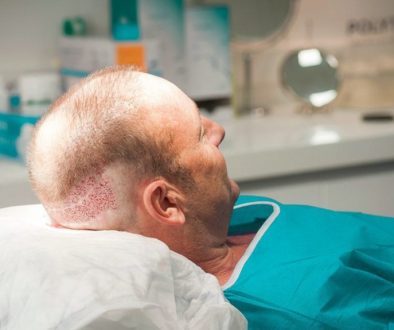Can You Achieve Full Coverage With FUT and FUE?

I’m a 28-year-old male, and I have been researching hair transplants for some time. My main concern is future hair loss. Is it possible to obtain full coverage for a Norwood 5-6?
Unfortunately, coverage depends on several factors, including your donor density, scalp laxity, and hair characteristics. If you’re asking, can a Norwood 5-6 obtain full coverage with hair transplants? The answer is yes. Now, will YOU personally get full coverage? The answer depends.
Coverage VS Density

Now, let’s break down the difference between density and coverage. When we refer to hair density, we are referring to the number of follicular units (fu) per square centimeter (cm2) on the scalp. The average non-balding person has approximately 80-100 fus per cm2- this means you would require a minimum of 50 fu per cm2 to have the appearance of natural density throughout the entire scalp.

There are four regions on the scalp of a Norwood 6, the hairline/frontal tuft, mid-scalp, the crown (vertex), and temporal points. In cases of extreme hair loss, such as Norwood 7, the regions include the lateral/parietal humps. Obtaining coverage throughout the entire scalp is achievable, but you have to compromise density.
Combining FUT and FUE for more hair
The best way to connect coverage and density is by combining FUT and FUE. You will always get more hair combining both procedures. Unfortunately, you will not be able to wear short haircuts once you undergo FUT. Again, another compromise. Nevertheless, combining both harvesting techniques gives you the best chance of maximizing coverage and density. However, you may still have an appearance of lower density throughout the entire scalp, or you may have a lower density in the crown.
Conclusion
Hair transplant surgery will never replace your hair loss, hair for hair. The goal is to create the ‘illusion’ of density. Setting realistic expectations for yourself is vital. Therefore, if you cannot accept the fact that you may have an appearance of thinning under bright lights, wet hair, or in certain spots of your scalp, you are better off not having a procedure.



